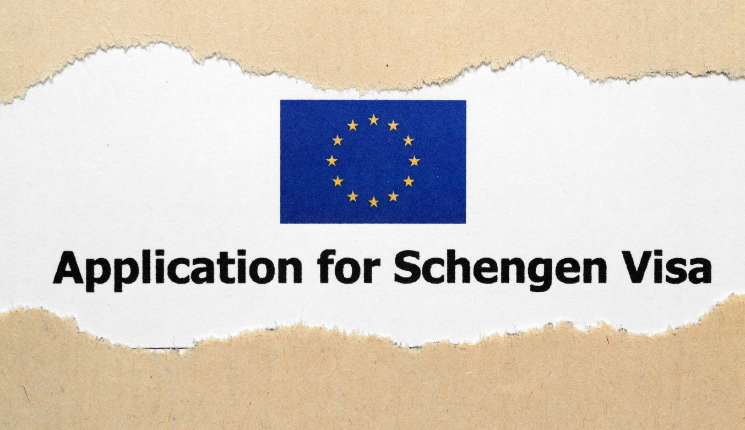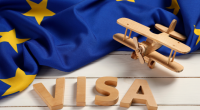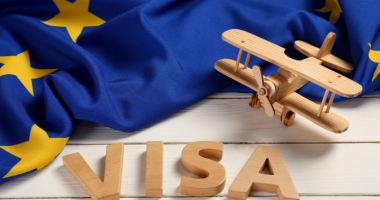Planning to travel through Europe? If you’re visiting countries like France, Italy, or Germany, you’ll need to understand the Schengen Visa Requirements. While the process might seem overwhelming at first, it becomes easier once you know exactly what’s expected.
In this guide, we’ll simplify everything—from the passport you need to travel insurance. So, whether it’s your first time applying or just a refresher, this post covers all the essentials to help you prepare confidently.
Valid Passport: Key Schengen Visa Requirement
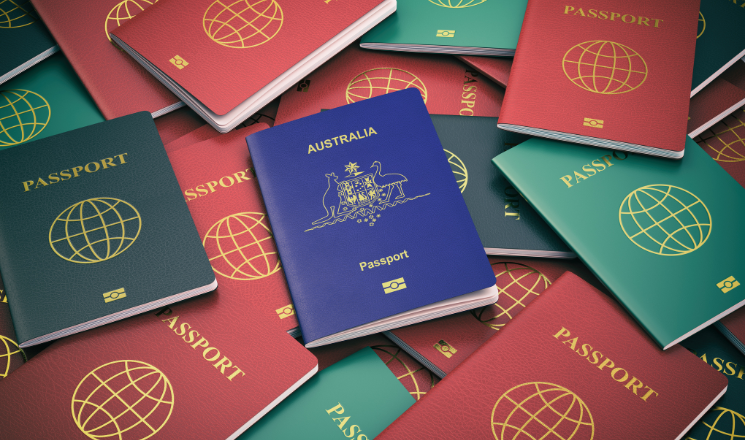
To meet Schengen Visa Requirements, your passport is the absolute starting point. To meet Schengen Visa Requirements, your passport is the absolute starting point.
However, it’s not just about having one—it must meet these specific conditions:
- Valid for at least 3 months beyond your return date
- Issued within the last 10 years
- Have at least two blank pages
Without these, your visa won’t be processed. Even though it’s a basic item, passport errors are common. Therefore, be sure to check yours in advance and verify those details carefully.
Tip: Use PassTrack or iVisa to quickly check your passport’s validity and format in minutes.
Visa Form: Crucial Step in Schengen Visa Requirements
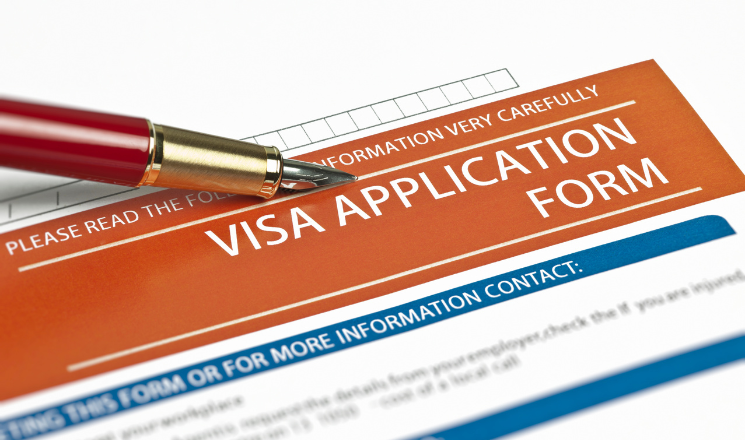
The Schengen visa application form is the next critical item. It includes your personal details, trip plan, and declaration. This form needs to be:
- Completed clearly and accurately
- Signed at the end (and in some cases, twice)
- Printed and submitted in hard copy
Though many embassies now accept online applications, a printed copy is almost always required during the appointment.
Reminder: Double-check for spelling mistakes. Even a small error could delay approval.
Visa Photos: Common but Crucial Schengen Visa Requirement
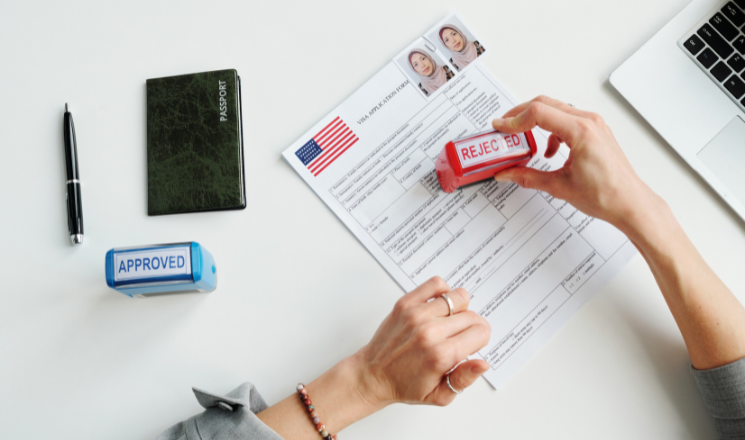
Photo rules are often overlooked, yet they are strict under Schengen Visa The Schengen visa application form is the next critical item. It includes your personal details, trip plan, and declaration. This form needs to be:
- Completed clearly and accurately
- Signed at the end (and in some cases, twice)
- Printed and submitted in hard copy
Though many embassies now accept online applications, a printed copy is almost always required during the appointment. In addition, ensure that all details match your passport exactly.
Reminder: Double-check for spelling mistakes. Even a small error could delay approval. So always take your time while filling it out.
Travel Itinerary: Round Trip Proof
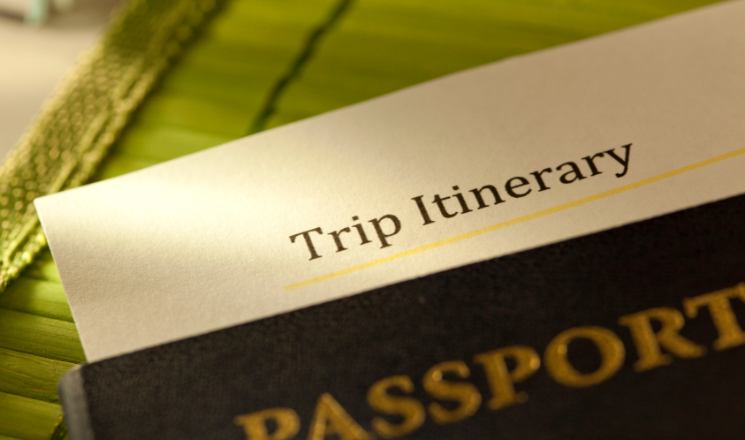
To prove your travel intent, a detailed itinerary is essential. This should include:
- Confirmed or reserved round-trip flight bookings
- Dates that match your application
- Flight numbers (if possible)
It’s important to show you’re coming and going within the visa period. Many applicants use temporary flight reservations for visa purposes. Besides that, your flight details must align with your hotel stays. Hence, keep things consistent across all documents.
Useful Tool: Try OnwardTicket or FlightReservationForVisa for generating travel bookings that meet embassy requirements.
Accommodation Proof: Stay Details

Alongside flights, you’ll need to show proof of where you’ll stay. For this part of the Alongside flights, you’ll need to show proof of where you’ll stay. For this part of the Schengen Visa Requirements, accepted documents include:
- Hotel bookings
- Airbnb confirmations
- Invitation letters from friends/family (if staying with them)
Make sure the documents clearly state your name, address of stay, and dates matching your itinerary. In addition, ensure that your accommodation spans your entire travel period. That way, your travel plans appear well-organized.
When staying with someone, attach a copy of their ID or residence permit along with the invitation letter.
Travel Insurance: A Must for Approval

One of the most overlooked Schengen Visa Requirements is travel health insurance. Yet, it’s required in every Schengen country. To be accepted, your insurance must:
- Cover at least €30,000
- Be valid for all Schengen states
- Include medical emergencies and repatriation
Many travelers get denied due to improper insurance coverage. Therefore, be sure your policy includes everything, or the embassy may reject your application outright. So, always review your coverage carefully and compare policies if needed.
Recommended Providers: Allianz, AXA, and SafetyWing offer policies specifically tailored for Schengen visa applicants.
Proof of Financial Means: Show You Can Afford It

Another core part of Schengen Visa Requirements is proving you can support yourself during your stay. Embassies typically ask for:
- Bank statements from the last 3–6 months
- Pay slips or proof of regular income
- Tax returns (in some cases)
These documents should show consistent financial activity and enough funds to cover travel, food, and lodging. Sponsorship letters are accepted, but they must be officially written and notarized. In addition, your bank name and personal info must be visible.
Avoid using joint or shared bank accounts unless they clearly include your name. That way, you’ll avoid confusion and delays during processing.arly include your name.
Work or Study Status Verification

Whether you’re employed, self-employed, or studying, you’ll need proof of your current status. This part reassures the embassy that you have ties to your home country. Depending on your situation, include:
- Employment letter and recent pay slips
- Student ID or enrollment certificate
- Self-employment license and tax documents
Additionally, a no-objection certificate (NOC) from your employer or school makes a strong case for your return after the trip. As a result, you’ll have a better chance at approval. Hence, don’t skip this step, and be as detailed as needed.
Cover Letter: Optional but Effective

Though not officially listed among the Schengen Visa Requirements, adding a cover letter can boost your application’s strength. This document lets you:
- Explain your travel purpose
- Clarify your trip itinerary
- Demonstrate intent to return home
Keep it personal and brief—around one page is ideal. Mention key dates, sponsors, and any special details that support your case.
Additional Documents by Purpose
Sometimes, extra documentation is required depending on why you’re traveling. Below are examples tailored to each type:
- Detailed day-by-day itinerary
- Confirmed bookings for tours or events
- Invitation letter
- Copy of the host’s passport or residency card
- Letter from employer stating purpose of travel
- Invitation from the partner company in the Schengen Area
Always visit the specific embassy or consulate’s website for updated and country-specific requirements. Since guidelines can change, checking regularly helps avoid mistakes. So, it’s best to confirm the latest info before you apply.
Submitting Your Application: Where and How

Once you gather all the required documents, schedule your appointment at the appropriate visa center. Most countries work with trusted service providers like TLScontact or VFS Global to collect applications.
Here’s what to do next:
- Book your appointment online through the official portal
- Print and organize your documents in the correct order
- Visit the visa center with both originals and copies
- Provide biometric data, including fingerprints and a photo
- Wait for your visa result—usually within 15 calendar days
Visa officers will carefully review your file. If they request extra documentation, submit it promptly to avoid delays. So, stay alert and check your email and phone often during this stage.
Final Thoughts on Schengen Visa Requirements
By now, you should have a solid grasp of all the Schengen Visa Requirements. While the checklist may seem long, most documents are fairly standard and easy to prepare if you start early.
With everything in order, you’ll soon be enjoying Europe’s most iconic sites—from the Eiffel Tower in Paris to the canals of Venice and the historic ruins of Athens.
Just stay organized, be honest, and use tools like VisaHQ, iVisa, and FlightReservationForVisa to help you along the way.

